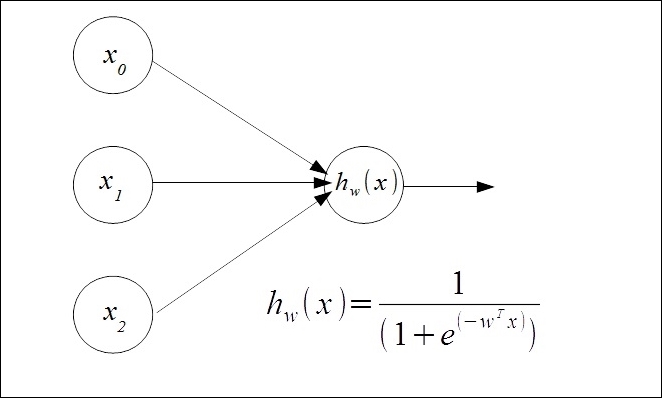Artificial neural networks, as the name suggests, are based algorithms that attempt to mimic the way neurons work in the brain. Conceptual work began in the 1940s, but it is only somewhat recently that a number of important insights, together with the availability of hardware to run these more computationally expensive models, have given neural networks practical application. They are now state-of-the-art techniques that are at the heart of many advanced machine learning applications.
In this chapter, we will introduce the following topics:
Logistic units
The cost function for neural networks
Implementing a neural network
Other neural network architectures






